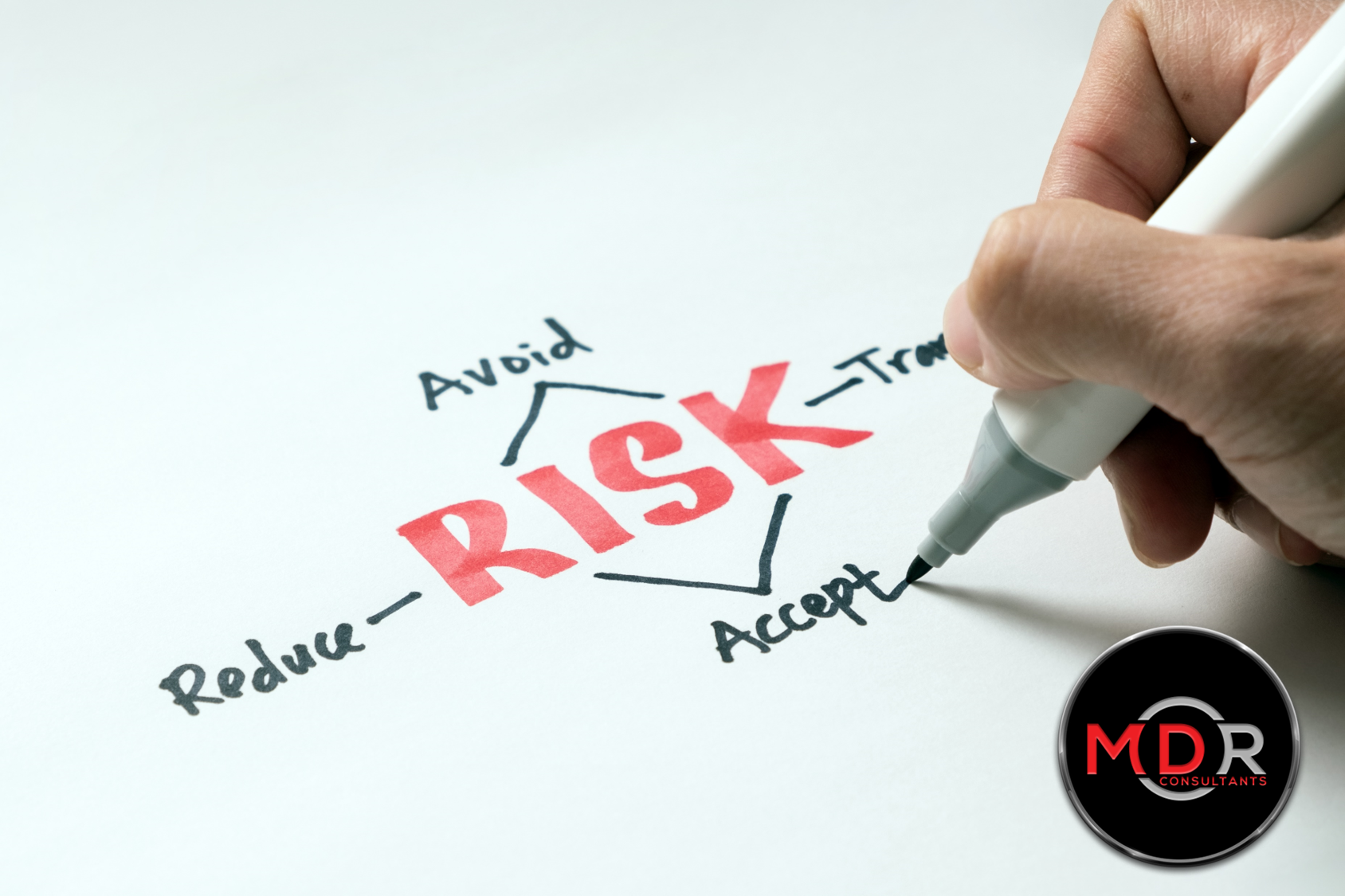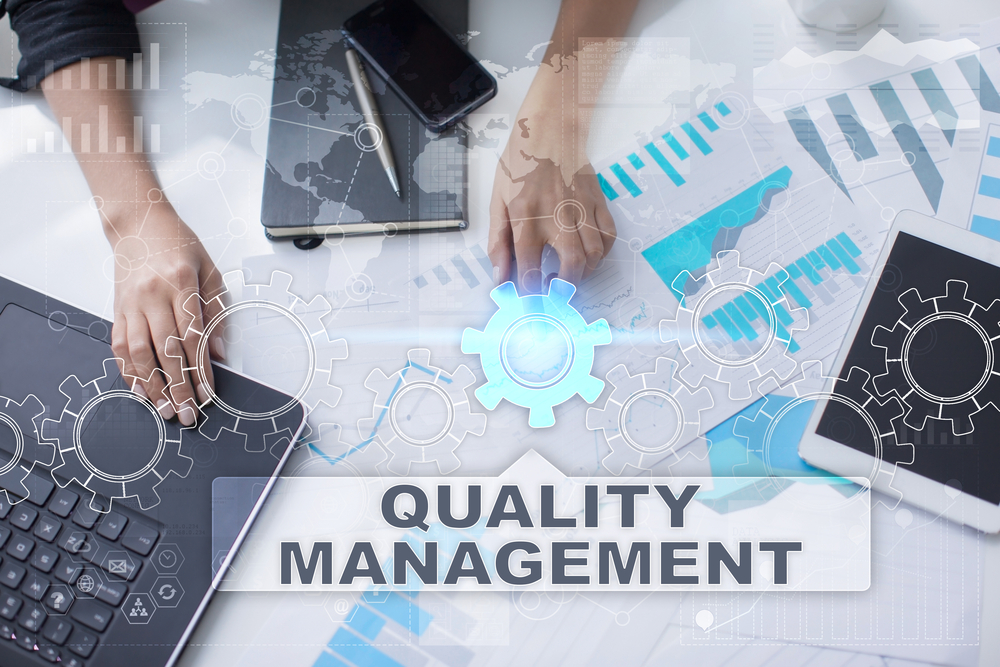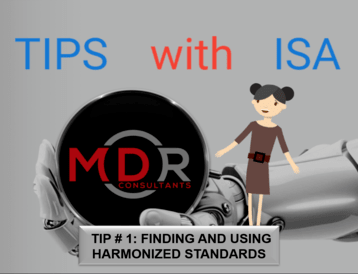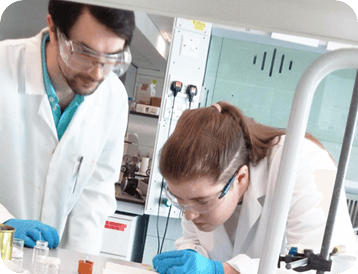February 10, 2023
Medical Device Validation Requirements, Key Aspects to Remember

In the process of assessing over one thousand companies in the medical device field I notice several prevalent process deficiencies. One of them, was related to the misinterpretation of the validation requirements as applied to different areas of the quality management system.
As we know, must of the regulatory requirements rely heavily in the provisions of ISO 13485. Naturally, we should review and implementthe validation requirements defined in this standard and then, as applicable, add regulatory requirements and product specific requirements. There are several sections within the standard that we need to reference. These include:
- Section 4.1.6 with title Quality Management System general requirements,
- Section 7.1(c) with title planning of product realization,
- Sections 7.3.2 and 7.3.7 with titles design and development planning and design and development validation,
- Section 7.5.6 with title validation of processes for production and service provisions,
- Section 7.5.7with title particular requirements for validation of processes for sterilization and sterile barrier systems, if applicable
- and section 7.6 with title Control of monitoring and measuring equipment.
However, our focus should always be section 7.5.6, paragraph 3, which defines the requirements for theprocess presented in a prescriptive list of specified content requirements. One of the most common nonconformity found in medical device organizations is the lack of consideration of these content requirements in other areas where validation of processes is performed. For example, as part of the design and development process, we have a requirement to meet the provisions of requirements listed in 7.3.2 that references the requirements of an organization to control and plan the design and development processes of products and shall document, maintain, and update the validation activities that are appropriate at each design and development stage. Yet when these plans and reports are reviewed, they, more often than not, do not include all sections defined in 7.5.6.
Therefore, to avoid this very common nonconformity, always remember that when you are designing or revising your medical device quality management system validation procedures and validation plans and reports templates, you must ensure that they address and includeall the requirements defined in paragraph 3 of section 7.5.6 as minimum requirements. It is also highly recommended to add a mandatory additional level of review and inclusion of all applicable quality managements system related regulatory requirements and all other external product specific documents to include regulations, standards, common specifications, guidance documents, and other sources of technical requirements used in the processes under your system to produce your product(s). This way you will be certain that all your validation processes and their outputsare conformant and compliant to all applicable requirements.

About the Author:
Isabel Osorio is the president and founder of MDR Consultants Inc., a medical device consulting firm specializing in regulatory and quality consulting services for the medical device industry. She isa former member of industry following a 16-year career in the medical device field, where she gained extensive experience as an Engineer, a Lead Auditor and a Certified Trainer for Notified Bodies, and as a medical device consultant. While working on the front lines as a Clinical Specialist years ago, a chance encounter opened her eyes to the detrimental effects of companies skipping past proper quality controls and procedures. This experience changed her perspective on the importance of Medical Device Standards and Regulations forever and inspired her to focus her career on helping medical device companies and professionals better understand the requirements to ensure confidence and competence in their implementation of relevant requirements. Product malfunctions can have harmful effects on someone’s life, including death, and that patient could be you or a loved one. That is why patient safety is at the heart of her MDR Consultant’s mission to provide best-in-class training and consulting services. You can reach her at info@mdrconsultants.com





























